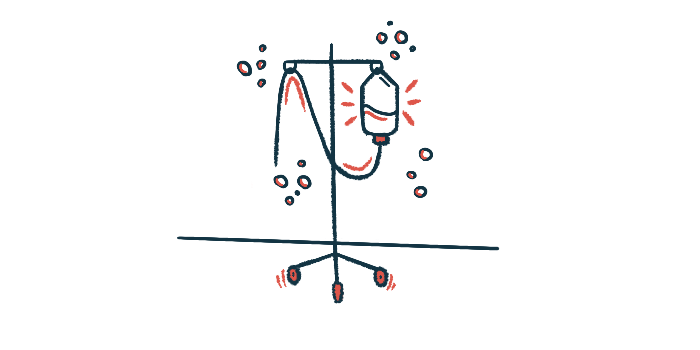Fewer bleeds after switch to Jivi from Kovaltry, study finds
Quality of life remains high on both treatments, according to questionnaire

Switching to Jivi (damoctocog alfa pegol), an extended half-life replacement therapy, from Kovaltry (octocog alfa), may help adults and children with severe hemophilia A experience fewer or no bleeds, according to a Canadian study.
“Data from this study provide routine clinical evidence supporting the use of [Jivi] as an effective alternative therapy for patients with severe haemophilia A currently receiving [Kovaltry],” the researchers wrote in the study funded by Bayer, the company that developed both Kovaltry and Jivi.
The study, “Canadian clinical experience on switching from standard half-life recombinant factor VIII (rFVIII), octocog alfa, to extended half-life rFVIII, damoctocog alfa pegol, in persons with haemophilia A ≥ 12 years followed in a Comprehensive Hemophilia Care Program in Canada,” was published in the journal Haemophilia.
Hemophilia A is caused by the lack or malfunction of factor VIII, a protein that helps the blood clot and stops bleeding. Without factor VIII, the blood cannot clot properly, placing patients at an increased risk of heavy, prolonged bleeding.
Treatment includes replacement therapies, which supply patients with a functional version of factor VIII that works in the same way as the one they’re lacking. They may be administered as prophylaxis to prevent bleeding episodes or on an on-demand basis to control bleeding as it happens.
Clotting proteins do not stay in circulation long, so they usually need to be administered relatively frequently. Extended half-life therapies contain versions of clotting proteins that have been modified to extend the time they remain in circulation, allowing for less frequent dosing.
Since Jivi has become available in Canada, no previous study looked at the changes in safety, effectiveness, and patient satisfaction after switching to it from a standard half-life therapy, such as Kovaltry. There are also no data on its pharmacokinetics or how a medication moves in the body.
The study’s findings
In this study, researchers drew on data from 25 adults and children with severe hemophilia A who had a median of 31 years when they were on prophylaxis with Kovaltry. A median two years later, they switched to Jivi. Clinical data were available for 18 of them.
The median annualized bleeding rate, a measure of the number of bleeding episodes adjusted to a one-year time window, was lower for Jivi than for Kovaltry (0.67 vs. 1.33). In turn, the proportion of patients experiencing no bleeds was higher for Jivi (50% vs. 38.9%).
Jivi provided more time with factor VIII levels above the threshold needed for bleed protection compared with Kovaltry, indicating that Jivi provides higher and more sustained factor VIII levels. As a result, patients required fewer infusions per week with Jivi (2.2 vs. 2.67) as well as a lower dose per infusion (30.45 vs. 31.45 IU/kg).
Jivi patients had no side effects, and they reported that their quality of life, assessed using the EuroQol five dimensions (EQ-5D) questionnaire, remained as good after they switched to Jivi as it was before, while they were still on Kovaltry.
An “improvement in clinical outcomes was observed to accompany improvements in pharmacokinetics following the switch to [Jivi],” the researchers wrote. “These were observed in patients whose quality of life and bleeding control were already well-maintained with [Kovaltry].”
While the study captured data from patients who were treated with Jivi for at least nine months, researchers noted that “long-term observation of patients on [Jivi] prophylaxis may reveal progressive improvement in clinical outcomes and/or quality of life.”







